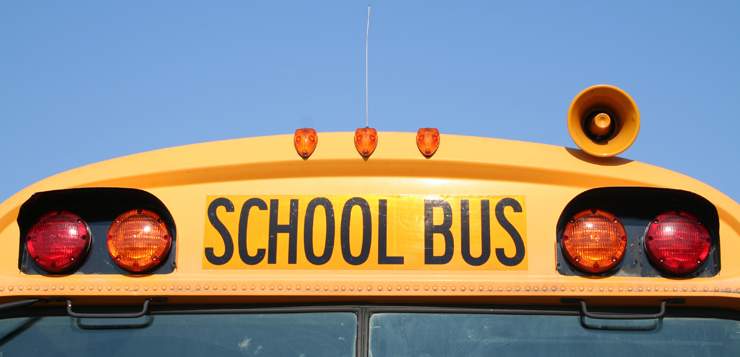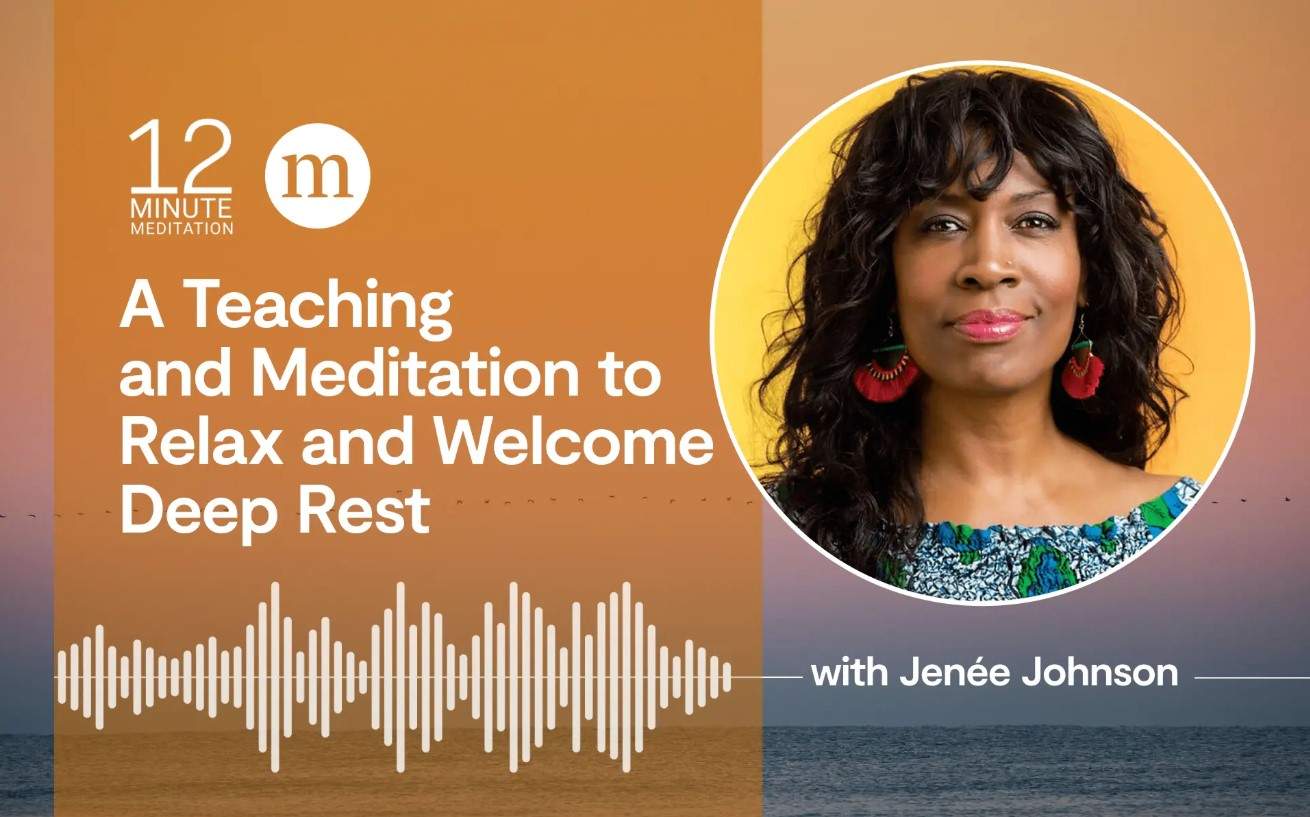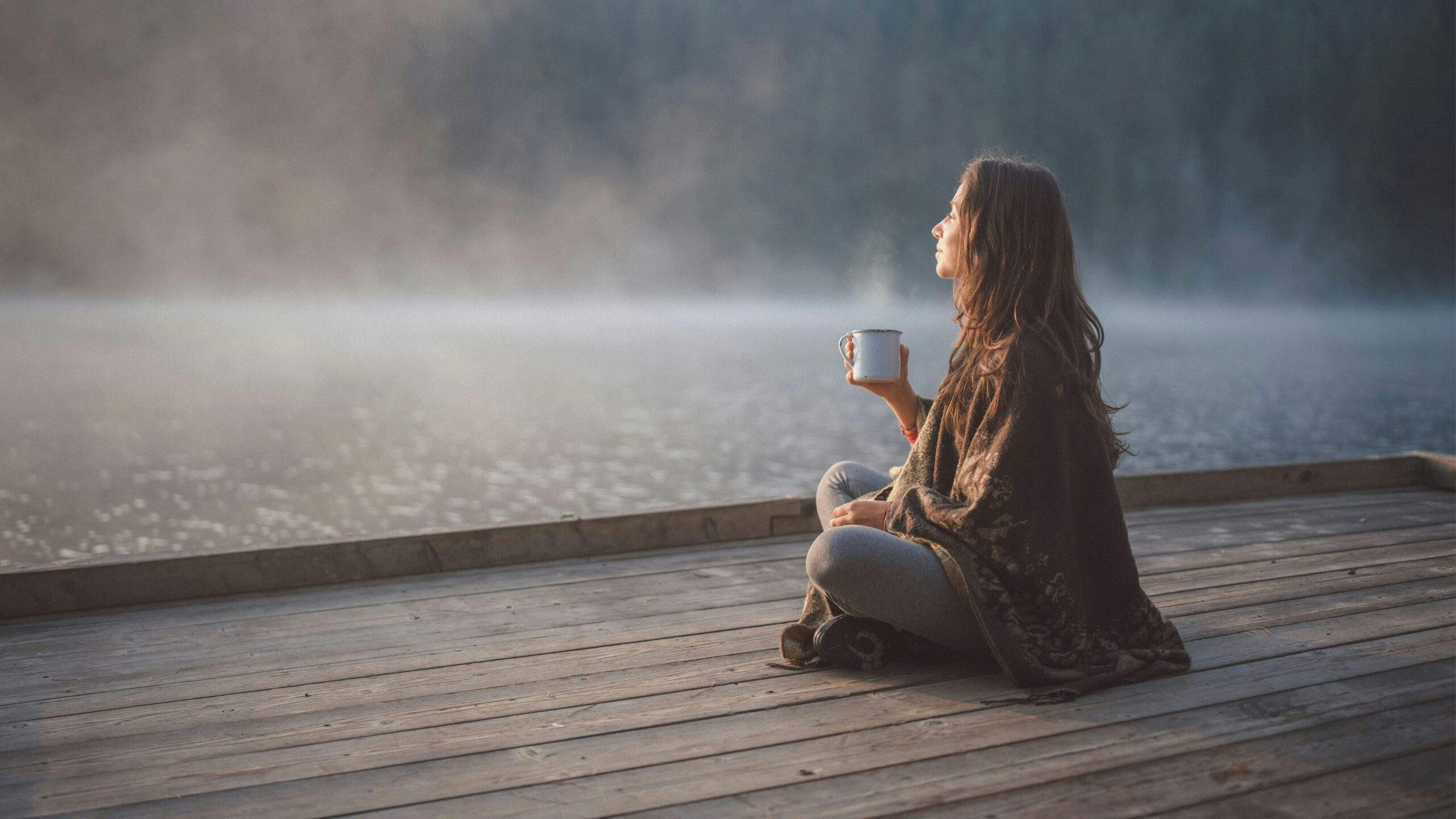For kids, practicing mindfulness might just look like a little more silence, a little more slowing down, and more one-thing-at-a-time built into the day’s routines. While there are dozens of practices that take a minute or less, here are two that work great in the for school:
1) THE SILENT SIGH
A sigh can mean many things—relief, exasperation, pleasure, exhaustion, even sadness. Physiologically, sighing regulates and resets our breathing rate. Kids and adults sigh unconsciously, and we can unintentionally offend others when we do so. The Silent Sigh is a deliberate and respectful way of sighing. I learned it from Irene McHenry, an educator and fellow board member at the Mindfulness in Education Network.
This practice allows us to let out excess emotion and reset our body and breath. For that reason, it can be good for settling back into the present moment during transition times.
- Take a deep breath in. Then let out a sigh as slowly and silently as possible, so that no one even knows you are doing it.
- Follow along with all the sensations in your body as you breathe out to the last bit of air in your body. Then check in with how your mind and body feel. Decide if you need another silent sigh, or just let your breath return to normal.
I like to start by inviting kids to try a loud regular sigh to demonstrate how it feels to let out their emotions in a sigh (and to have some fun). Then I shift to the Silent Sigh and explain that there are situations when it might be more appropriate than a regular sigh, such as in a classroom or when we do not want to o end people by sighing at them.
Resetting the breath with a deliberate practice can regulate, shift, and stabilize energy and mood.
2) THE 7–11 BREATH
Resetting the breath with a deliberate practice can regulate, shift, and stabilize energy and mood. Another short, sweet, easy-to-remember practice is the 7–11 Breath. I learned it at a training with the Mindfulness in Schools Project, and since then I have read that first responders use it to keep themselves and others calm in emergencies. What else I like about the 7-11 Breath is it can really stop panic in its tracks, and often I’ll suggest to older teens that even if they don’t have panic attacks, they might have friends who are struggling, and can use practices like this to help a friend as psychological first aid.
The directions are simple:
- Breathe in for a count of seven.
- Breathe out for a count of eleven.
The 7–11 Breath can be done five breaths at a time when kids are learning it, and then longer, depending on how much time you have.
The counting also forces kids (and adults) to focus more and to slow their breathing down—before I knew some of these practices, I’d suggest kids “breathe deep” and I’d get kids breathing really deep, but also really fast. Often, what we really mean is slow breathing, not deep breathing. Making the exhale longer than the inhale relaxes the nervous system and allows us to make con- tact with the present when we might otherwise be rushing past it.
And the opposite is also true: making the inhale longer than the exhale jump-starts the nervous system and speeds us up. In low energy situations—when we find ourselves feeling worn out, sluggish, or a little depressed, and want to raise our energy to meet the present moment—try an 11–7 Breath: the opposite ratio.
My friend Adria Kennedy, who teaches mindfulness to kids, adapts this practice for younger kids by asking them to breathe words or phrases in and out. For example, try breathing in for the length of the word Maine and breathing out Massachusetts, or breathe in bird and breathe out brontosaurus.








